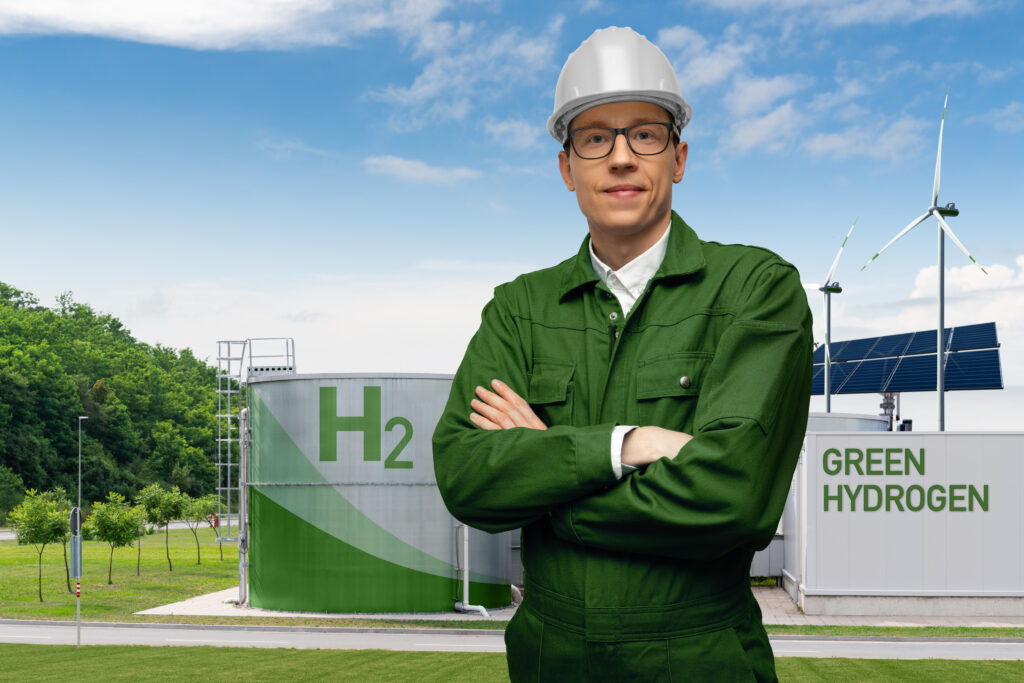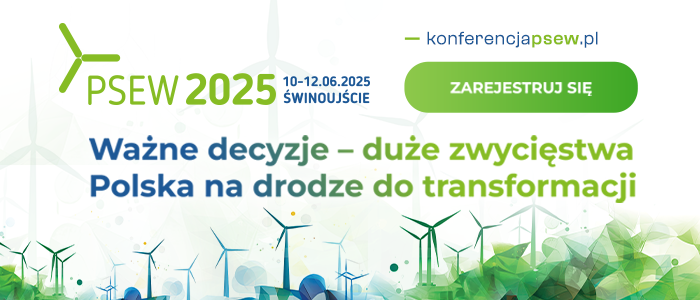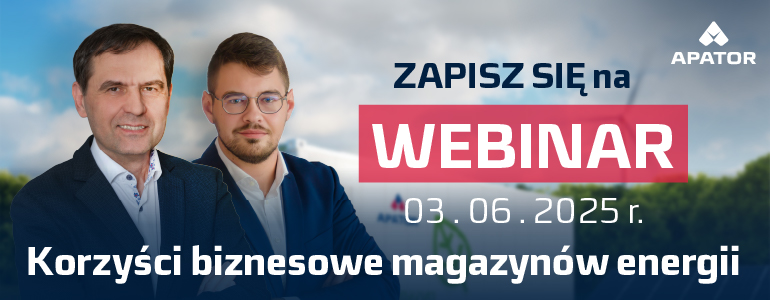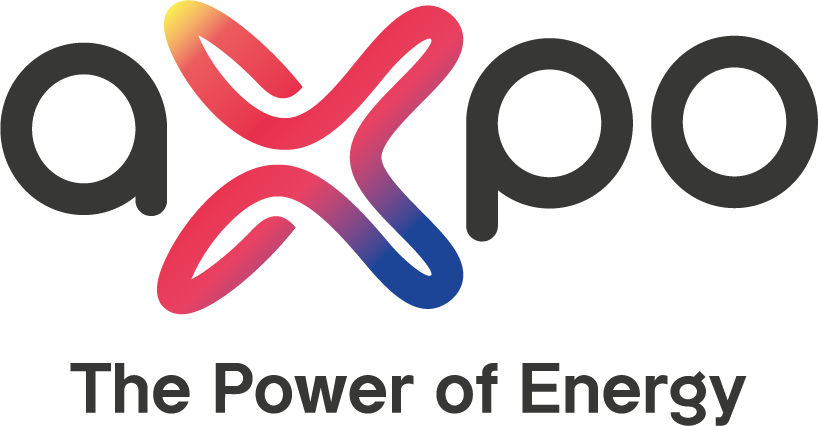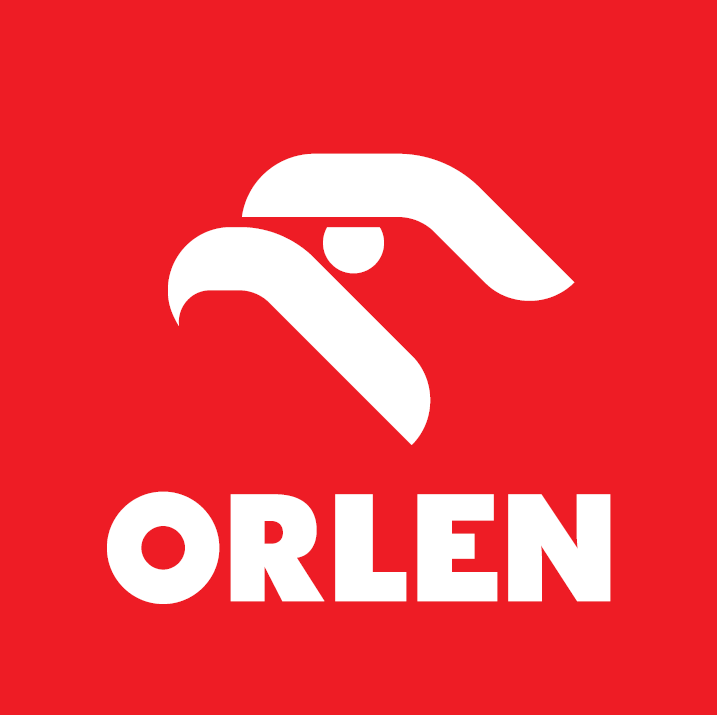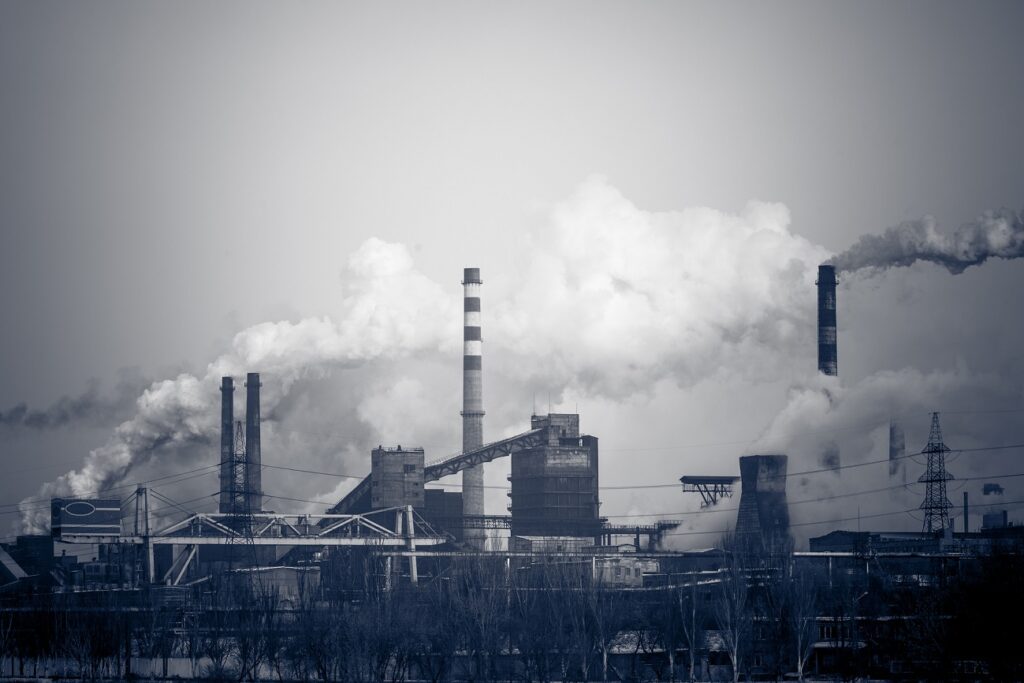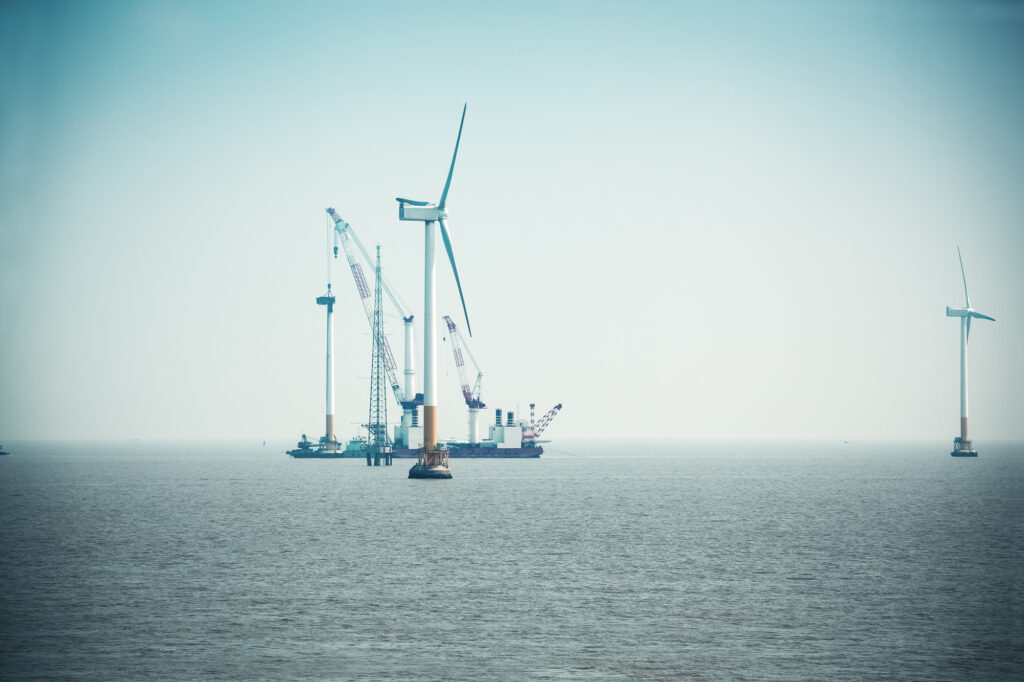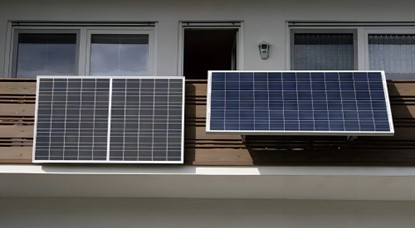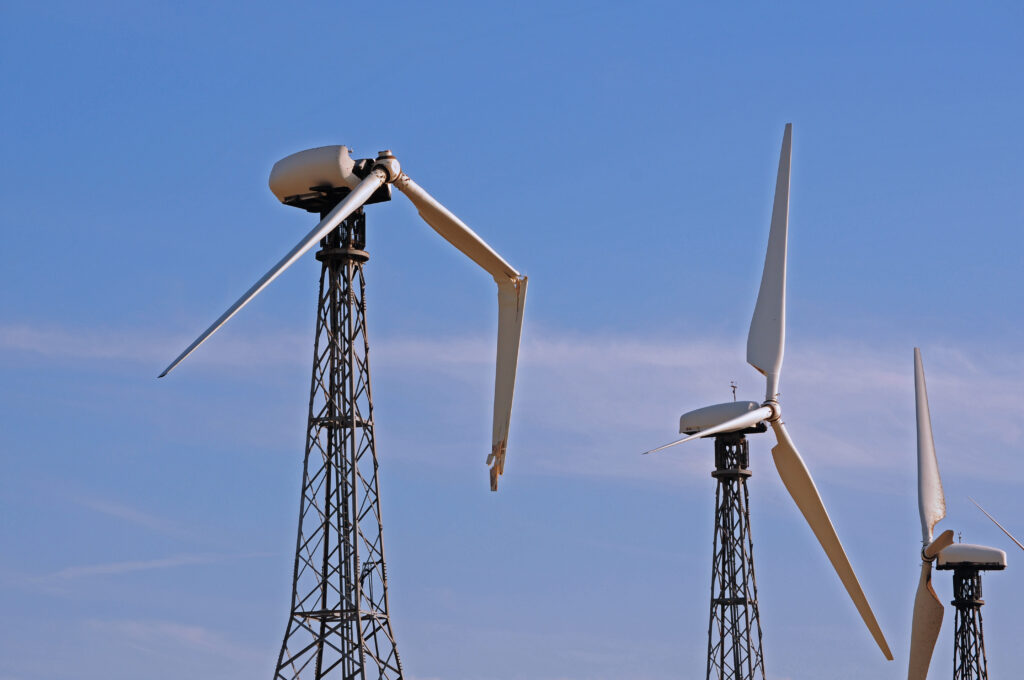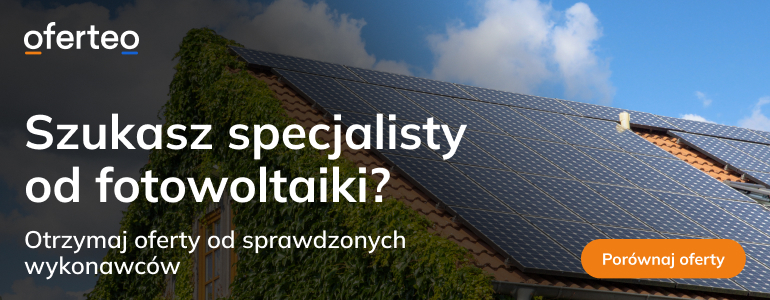Spis treści
– Global electrolyzer capacity will need to increase 91 times by 2030 to meet demand. However, many Western clean technology veterans view the emerging competition from China with a nauseating feeling of déjà vu, Bloomberg recently emphasized.
\A decade ago, China took advantage of low prices to dominate solar panel production and dethrone Western competitors as global demand for photovoltaics began to soar. The US and Europe do not want this scenario to repeat itself in the field of green hydrogen. According to BloombergNEF, over 40 percent of all electrolyzers currently produced comes from China. They are not as efficient as those produced in the US and Europe, but they cost much less – about a quarter of what Western ones do.
According to forecasts, in the next few years, American and European producers will only partially be able to get closer in price to their Chinese competitors. Moreover, analysts expect the efficiency of Chinese electrolyzers to increase, weakening the current advantage of technology companies from the US and Europe.
\– I have no doubt that China is working on better electrolysers. The day China decides it will no longer be a laggard will be the day it will stop being a laggard, said Bridget van Dorsten, an analyst at consulting firm Wood Mackenzie.
– I am afraid that market share in electrolyzers will be taken from Europe and sent to other parts of the world. The EU is shooting itself in the head. Not in the foot – in the head – commented Jorgo Chatzimarkakis, head of the Hydrogen Europe association, bluntly.
Will hydrogen be the oil of the future?
China is the main political and economic rival for the US. The economy revolves more and more around green technologies, so Americans no longer perceive the Chinese as suppliers but as competitors. Therefore, the priority of the American administration is to restore and develop the production of clean technologies in the United States so that they control the new energy boom, not China.
Hence the Inflation Reduction Act (IRA) package worth USD 369 billion, supporting this sector with generous reliefs and subsidies. As a result, for several months now, investments related to the production of photovoltaics and batteries for electric cars have been increasing on the other side of the Atlantic. The IRA is so effective that it has also become a threat to the EU – not only due to the risk of investment outflow, but also through openly protectionist mechanisms.
For the European Union, green hydrogen, i.e. produced in the process of water electrolysis, powered by energy from renewable sources, is one of the main pieces of the puzzle that will allow it to achieve climate and energy goals. It can be used as a zero-emission fuel in sectors that are difficult to electrify (e.g. long-distance and heavy transport); as a chemical raw material (e.g. fertilizers and other chemicals); and in industrial processes (e.g. steel or cement production).
Currently, hydrogen is produced mainly from fossil fuels in the processes of steam reforming of natural gas, coal gasification or separation from coke oven gas. Hence, it is produced mainly by refineries and chemical plants and used in the refining processes and production of mineral fertilizers and chemicals.
\After Russia’s aggression against Ukraine, hydrogen has become an even greater priority for the EU. In the REPowerEU plan, the European Commission has set targets for renewable and low-emission hydrogen for 2030: 10 million tonnes from EU production and 10 million tonnes from imports (partly in the form of ammonia).
“The EU cannot compete with China”
In the EC report to the European Parliament and the Council on “Progress in the field of competitiveness in clean energy technologies”, published at the end of last year, the production capacity of water electrolysers in 2021 in Europe was estimated at 2.5 GW/year.
Global production capacity was estimated at approximately 6-7 GW/year. In both the European and global markets, approximately two thirds are alkaline electrolysers and approximately one third are PEM membrane electrolysers. The document emphasizes that production volumes in Europe are lower than in China and the United States.
– It is estimated that Chinese companies have half of the world’s production capacity in the field of alkaline electrolysis, and American companies are responsible for most of the world’s production in the field of PEM electrolysis. Europe is a leader in the number of solid oxide production and electrolysis companies, but is dependent on countries such as China, Russia and South Africa for the supply of essential critical raw materials, of which only 1-3% are able to obtain. in their own area – indicate the authors of the report.
They also state that “without larger assembly systems, greater automation and economies of scale, the EU cannot compete with China in the field of alkaline technologies.”
– Currently, high electricity prices and dependence on imports of critical raw materials concentrated in a few suppliers are the main weaknesses of electrolyzer value chains in the EU. Long-term cooperation agreements are needed. There is also a need to conduct specialized research on alternatives to rare earth metals and other critical raw materials that are currently necessary for water electrolysis – we read further.
Moreover, it is also necessary to create conditions to encourage European companies, but also those from Asia and the USA, to invest in the EU in this global competition. We also wrote about it recently in an article about the situation in the solar energy industry.
Hydrogen in Polish
After a brief look at the global and European context, it is now time for the domestic context, where the goals are defined by the Polish Hydrogen Strategy (PSW), published in December 2021. According to its assumptions, investment outlays by 2030 will amount to approximately PLN 11 billion. The largest amount, approximately PLN 9 billion, will be spent on installations for the production of low- and zero-emission hydrogen.
For 2030, the aim is to achieve the installed capacity from low-emission sources and processes at the level of 2 GW, which will enable the production of 193.6 thousand. tons of hydrogen per year, which will cover 99.4%. demand for hydrogen in the national economy. This is also approximately one fifth of the current use of “gray” hydrogen, most often produced as a result of steam reforming of natural gas.
By 2025, installations for the production of low-emission hydrogen (with emissions below 5.8 kg CO2/kg H2) with a capacity of 50 MW are to be built. In addition to electrolyzers, there are steam reforming of biogas and biomethane, steam reforming of hydrocarbons from CCS and CCU, as well as gasification, fermentation, pyrolysis of biomass and waste.
Coal gasification technology with CCS and CCU, IGCC, i.e. the gas-steam cycle with gasification of solid fuels (coal, biomass, waste) and IGFC – a technology using part of the captured combustion gas emissions to produce energy were also indicated.
In October 2021, at the initiative of the Ministry of Climate and Environment, approximately 140 entities signed the “Sector Agreement for the Development of the Hydrogen Economy in Poland”. It sets an ambitious “local content” rate of no less than 50%. total value in 2030. The added value for the Polish economy from achieving this indicator was estimated in the range from EUR 343 to EUR 870 million.
Since October 2022, work has been underway on the draft amendment to the Energy Law, which introduces solutions that are part of the legislative package called the “constitution for hydrogen”. This includes: o the definition of hydrogen, the rules for licensing activities related to it, as well as the issues of storage (including in underground tanks) and transport via networks.
Hydrogen beginnings
So many assumptions and strategies. What about actions? Here you can find some examples and announcements. One of the first initiatives was undertaken by ZE PAK from the Zygmunt Solorz group with a plan for a hydrogen production plant at the Konin Power Plant with a target capacity of up to 50 MW, powered by energy from biomass-fired power units. The first electrolyzer using PEM technology was ordered from the Canadian company Hydrogenics Corporation, and the hydrogen produced is to be used primarily in the transport sector – including for hydrogen-powered buses, in which the group invested in a factory in Świdnik.
PKN Orlen, of course, has great ambitions, especially after the acquisition of PGNiG and Lotos. In its hydrogen strategy until 2030, Orlen assumes that it will build at least 540 MW of new low- and zero-emission hydrogen production capacity.
The company’s flagship project is the Hydrogen Eagle project, which assumes the construction of a total of approximately 250 MW of new electrolysis capacity. These will be distributed sources of hydrogen production ranging from 20 MW to even 100 MW. The Green H2 project, previously initiated by Lotos, envisages the creation of over 100 MW of production capacity in Gdańsk.
– At this stage, we are not providing details about the suppliers of electrolyzers – the only answer from Orlen’s press office was when we asked about the technology, country of origin and producers of key equipment in these projects.
We also asked Grupa Azoty about similar issues. In its strategy for 2021-2030, it announced that, as the largest hydrogen producer in Poland, it will “continue to engage in the development of the hydrogen market and the implementation of the European Union Hydrogen Strategy.” She also pointed to a plan for a pilot and then full-scale “installation of an electricity production plant for renewable energy sources.”
– Currently, we have analyzed PEM electrolysers in our projects. We are also interested in other technologies that will effectively produce green hydrogen, e.g. high-temperature electrolysers. We anticipate that the development of technology in this area will be very rapid – this is what Monika Darnobyt, spokeswoman for Grupa Azoty, told us.
For planes and trains
Last year, Polenergia, controlled by Dominika Kulczyk, together with its subsidiary Elektrociepłownia Nowa Sarzyna and the Wrocław University of Science and Technology launched the project “H2 HUB Nowa Sarzyna: Green Hydrogen Storage”. The plan is to use hydrogen obtained in the electrolysis process to produce renewable aviation fuel.
The project may be co-financed by the National Center for Research and Development for up to PLN 95 million. Robert Stankiewicz, responsible for communication at Polenergia, told us that it is still too early for the company to provide detailed information about electrolyzers for this project.
PKP Energetyka, which PGE wants to buy from CVC Capital Partners, plans to launch an energy storage system based on hydrogen this year at the Garbce traction substation, produced thanks to energy from a photovoltaic farm. In the development and research phase, it is to be used for own purposes – to power the needs of the traction substation, and in the future also to power traction or railway vehicles.
– As part of the contract, the supplier provides PKP Energetyka with an electrolyzer using AEM technology (Anion-Exchange Membrane – ed.) with a power of 36 kW. As for additional details, we will inform you about them after the installation is successfully put into operation, which is scheduled to take place within the next few months, informed us Katarzyna Koper, director of the External Relations Office at PKP Energetyka.
Ambitions worth as much as an atom
The biggest investment project, at least in terms of declarations, is planned by Hynfra, which is to implement these plans together with Energy Group. In November 2022, it was announced that “in the area of projects based on the production of hydrogen, ammonia and methanol based on large-scale renewable energy sources in Poland” they will invest… EUR 22 billion, an amount close to the estimated budget of the first Polish nuclear power plant.
– Funds for these projects will be organized at the appropriate stage of their development. They will come from capital investors and institutions financing debt products. We are observing great interest in this type of projects from both financial and strategic investors – Tomoho Umeda, president of Hynfra, told WysokieNapiecie.pl when asked where such gigantic funds would come from.
Referring to the cooperation with Energy Group, he pointed out that it is a framework agreement for the development of a number of projects. He added that the current state of land at the disposal of the company’s partner and the possibility of acquiring additional areas for photovoltaics and wind turbines may ultimately allow for the installation of 8 GW of photovoltaic power and 2 GW of wind energy. They will power devices for the production of green hydrogen and its derivatives, including: ammonia and methanol.
– The total amount of investment outlays for the renewable energy part and the part related to the production of hydrogen and its derivatives, including storage and logistics, will amount to approximately EUR 22 billion, said Umeda.
Hynfra cooperates with electrolyzer manufacturers from Belgium, Denmark, France, Spain, Japan, Canada, Germany, Norway, the USA and Italy.
– We are currently in the process of negotiating framework agreements for the reservation of storage resources and production capacity with two selected electrolyzer manufacturers. In addition, for two of our projects we have already selected electrolyzers under contract with a capacity of up to 15 MW – said Umeda.
Hynfra considers electrolyzers based on proton exchange technology (PEM) to be the most technologically mature and best suited to the operating profile of renewable energy sources. However, according to the company, devices based on solid oxide technology (SOEC) are also worth attention – due to many synergies in industrial projects, not only the high efficiency of high-temperature electrolysis itself, and anionic technology (AEM), with a membrane free of precious metals.
Will there be Polish electrolysers?
Polish companies also want to act as electrolyzer producers, examples of which are ML System and Sescom. The former constructed a prototype of a modular device intended mainly for SMEs and individual customers who want to achieve independence from energy suppliers.
– First of all, a technology demonstrator available in the company is created. In the next steps, commercial pilots will be carried out with external recipients – informs ML System.
Sescom, however, plans to bring the current version of the electrolyzer developed by the company to the stage enabling commercialization within a year.
– The opinion of the European Clean Hydrogen Alliance shows that the work carried out so far is in a good direction. In December 2021, our modular electrolyzer project was included in the list of projects with a chance for commercialization published by ECHA – emphasizes Sławomir Halbryt, president of Sescom.
However, gaining a position on this market is not easy, as evidenced by the recent high-profile problems of the British start-up ITM Power, supported by two large industrial groups – the German Linde and the Italian Snam.
Losses amounting to 60 million pounds forced the company’s management to dismiss 1/4 of the staff of approximately 400 people. This was due to difficulties in scaling the developed electrolyzer technology and failures in key projects.
Import is profitable, but may be risky
Increasing the efficiency of electrolyzers and reducing costs is crucial for the energy-intensive production of green hydrogen, but the other side of the coin is, of course, the access and potential of renewable energy sources that will power the electrolysers. However, this is highly dependent on latitude. That is why the EC itself assumed in the REPowerEU plan that half of the 20 million tons of zero- and low-emission hydrogen will come from imports.
\The EC estimates that approximately 500-550 TWh of renewable energy is needed to achieve the target set under REPowerEU. This ambitious intention – 10 million tons in 2030 – corresponds to 14%. total electricity consumption in the EU. The assumed target of 45% is also related to these needs. Renewable energy in total energy consumption for 2030
An Aurora Energy Research study published in January this year shows that the import of renewable hydrogen to the European Union in 2030 will be price competitive compared to that produced in Germany or Northern European countries.
This even applies to hydrogen transported by ship from Chile or Australia, not to mention imported via pipelines from Morocco. In turn, within the EU itself, Spain has the greatest potential to be a hydrogen hub, having already presented the concept of H2Med, a hydrogen pipeline running from the Iberian Peninsula to France and Germany.
However, in a world where globalization processes are increasingly slowing down and protectionist tendencies are intensifying, relying on imports from distant destinations is always fraught with risk. Also closer to home, because energy resources can, in the hands of undemocratic regimes, be a tool to destabilize other countries and alliances, as the European Union found out in the gas skirmish with Russia.
Therefore, the technological race in the field of green hydrogen will continue, because in the future someone may turn off the hydrogen tap in the same way as a gas pipe.

